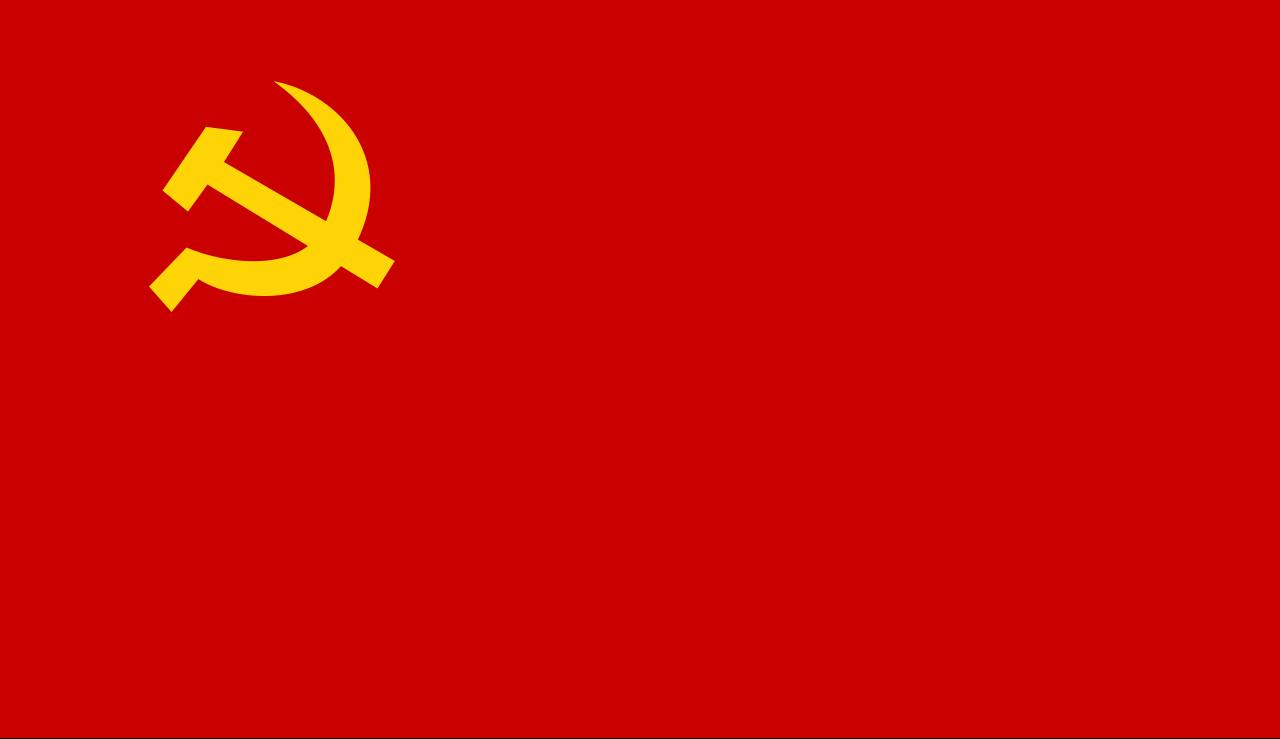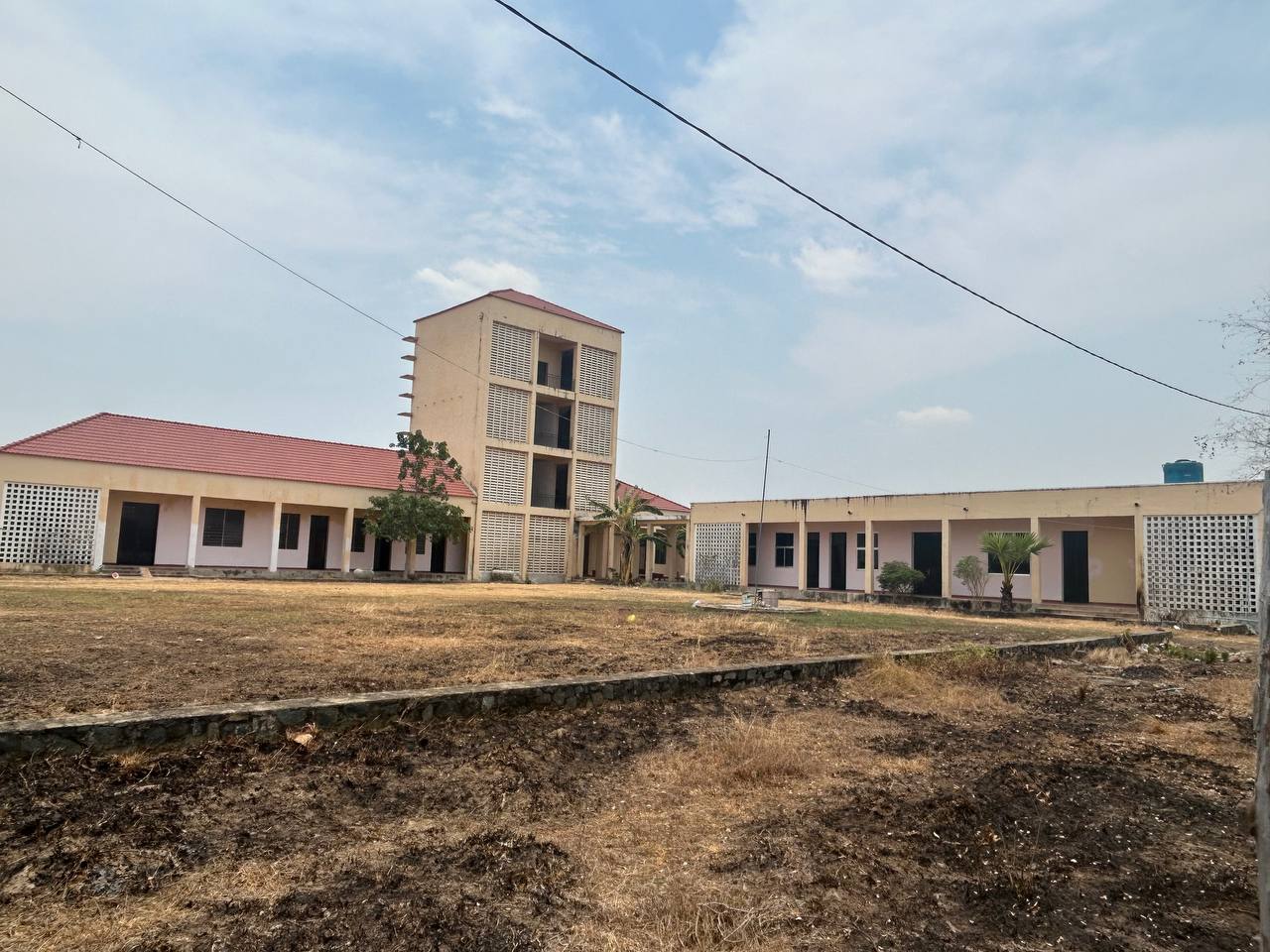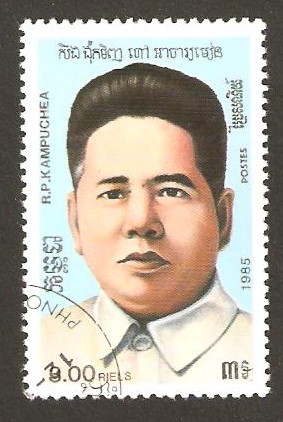While communism in South-East Asia is hardly a new thing, few realize that Thailand also went through its own almost successful insurgency.
How close though was the Thai communist insurgency and how did they interact with the other liberation movements of the region.
Communism in South-East Asia
Indonesia was famously briefly communist, while Malaysia and Singapore also had brief insurgencies. And then there is Burma who had their own Burmese Road to Socialism, which was independent of the Soviet line.
The Philippines is the only country out of all South-East Asian save perhaps West Papua too still have an insurgency. This is related to the New Peoples Army (NPA) who still control large parts of the country.
And of course there were the successful revolutions with Vietnam and Laos still under communist governments. This can also to some extents still be argued for Cambodia who despite being a Kingdom are still under the rule of the Cambodian Peoples Party, a successor to the Communist Party of Kampuchea, as well as the Khmer Rouge.
This of course leaves the eventually unsuccessful Thai Communist Insurgency.
What was the Thai Communist Insurgency
The Thai communist insurgency began in 1965 and ended in 1983 after the communist members were offered amnesty and entry into politics.
It was led by the Communist Party of Thailand and received specific support from the Peoples Republic of China, North Vietnam, as well as South Vietnamese communist rebels. Interestingly it also received lots of support from the Khmer Rouge, both before and after their fall from power. It has been argued that their later surrender was in some ways linked to Thai support for the Khmer Rouge insurgency.
By 1961 the Thailand Independence Movement began its insurgency supported by China among others under the ideological guise of Maoism following the Sino-Soviet split.
Thai Communist Conflict
Between 1961 and 1965 insurgents carried out at least 17 assignations, as well as embarking on other military campaigns. After 1965 the group became much more militant and began attacking more government forces, as well as spreading the revolution into more areas of the country;
Another player in this war were the National Revolutionary Army former members of the Kuomintang who had fled to Thailand, were tolerated by the CIA for being anti-communist and controlled the opium trade. In 1967 the Thai government initiated the Opium War, which while nominally successful led to9 many of the dis0placed farmers becoming new recruits for the Communist Party of Thailand (CPT).
Between this time and 1975 thousands of people on both sides o the insurgency were killed, but it was after the success of the revolutions in Vietnam, Cambodia and Laos changed the game, particularly with these sovereign states now able to offer state aid to the CPI.
The Thai Communist Insurgency post 1975
For a while things were looking very bad in Thailand as the Thai government became extremely heavy handed with anyone expect of leftist sympathies, which included a massacre at a college.
In the end though it was good old fashioned factionalism that ended the insurgency, with the party splitting into two, one favoring Vietnam and the other Cambodia under Pol Pot.
At this point the Khmer Rouge were also now an insurgency against the Peoples Republic Kampuchea from their base in Phnom Malia. This made them now my enemies enemy and thus a friend of Thailand.
With the Khmer Rouge now supporting and being supported by Thailand CPI members were offered amnesty and reintroduction into not just society, but also politics. By 1983 the Thai communist insurgency was over.
The role though in shaping the county has come under more scrutiny in recent years, with many Thai Communist Party members now stating that while they were communist, they were not anti-King and wanted to work with the royal family.
And as crazy as it sounds, both Cambodia, Laos and the Grenada all managed to balance communism with royalty, although to varying degrees of success.




